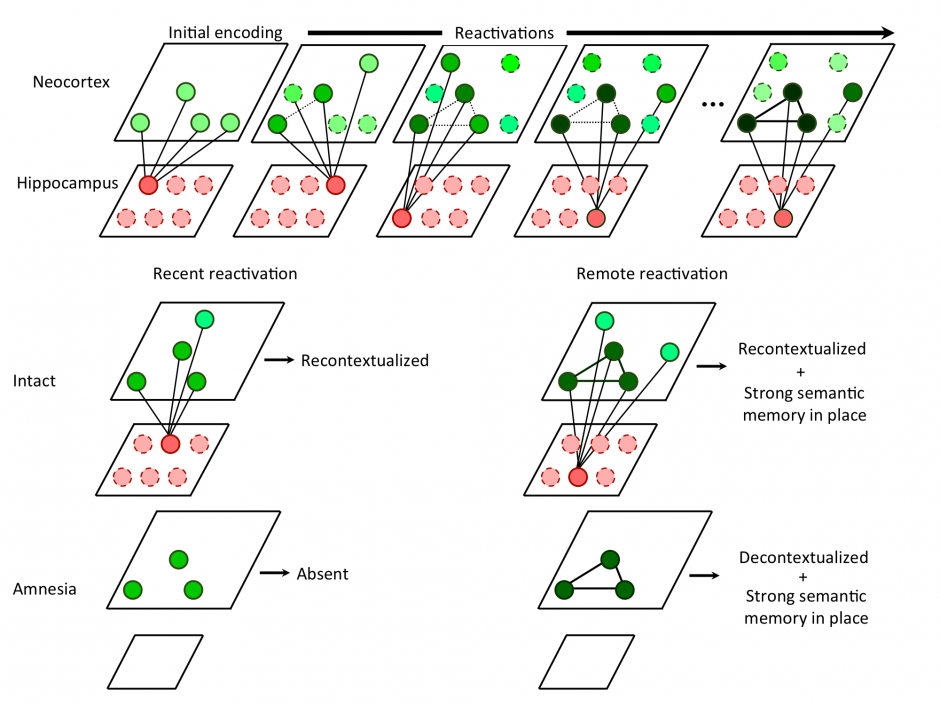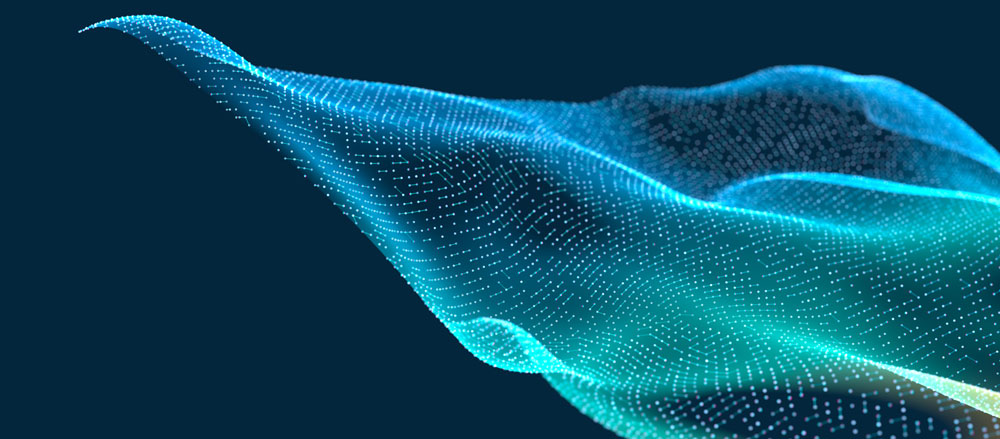About
Much controversy exists regarding the role of the hippocampus in retrieval. The two dominant and competing accounts have been the Standard Model of Systems Consolidation (SMSC) and Multiple Trace Theory (MTT), which specifically make opposing predictions as to the necessity of the hippocampus for retrieval of remote memories. Under SMSC, memories eventually become independent of the hippocampus as they become more reliant on cortical connectivity, and thus the hippocampus is not required for retrieval of remote memories, only recent ones. MTT on the other hand claims that the hippocampus is always required no matter the age of the memory. We argue that this dissociation may be too simplistic, and a continuum model may be better suited to address the role of the hippocampus in retrieval of remote memories. Such a model is presented here with the main function of the hippocampus during retrieval being “recontextualization,” or the reconstruction of memory using overlapping traces. As memories get older, they are decontextualized due to competition among partially overlapping traces and become more semantic and reliant on neocortical storage. In this framework dubbed the Competitive Trace Theory (CTT), consolidation events that lead to the strengthening of memories enhance conceptual knowledge (semantic memory) at the expense of contextual details (episodic memory). As a result, remote memories are more likely to have a stronger semantic representation. At the same time, remote memories are also more likely to include illusory details. The CTT is a novel candidate model that may provide some resolution to the memory consolidation debate.

Hippocampal Competitive Trace Theory. Every time a memory is reactivated, the hippocampus encodes a partially overlapping trace that serves to compete with other similar traces from other reactivations in the neocortex. In the hippocampus, traces are non-overlapping due to pattern separation. In the neocortex, the overlapping features are strengthened (i.e., consolidated) while the non-overlapping features become decontextualized. During recent memory reactivation, an intact hippocampus is able to recontextualizes the memory, storing an additional trace. In amnesia, the recent memory cannot be retrieved in the absence of the hippocampus, since no features have yet been consolidated. During remote memory reactivation, an intact hippocampus continues to recontextualizes the memory, however, a strong consolidated semantic memory is in place due to a number of prior reactivations. In amnesia, the remote memory can be retrieved at least in part based on the semantic memory. Absent the hippocampus, recontextualization can no longer occur and additionally, the retrieval experience may be less contextual than that of an intact subject.
The central tenets of CTT are:
- Every time a memory is reactivated, the hippocampus recontextualizes the memory by re-encoding a similar but not identical memory trace that is stored using associative connectivity between the hippocampus and neocortex.
- Memories are decontextualized over time by competitive interference among these similar but not identical multiple memory traces. This simultaneously leads to consolidation of semantic memory in the neocortex and loss of episodic details.
- Veridical episodic details are only available in very recent memories. As memories get older, these details are replaced by recontextualized details stored by the hippocampus that give rise to illusory memories that become more prevalent as the age of the memory increases. In other words, recent episodic and remote episodic memories vary in accuracy of details and strength of semantic content.
The details of this model have recently been published in a Frontiers in Behavioral Neuroscience paper. Access the paper here.
Impact
Future Studies
Project Team

Paul Rapp, Ph.D.
Visiting Professor
